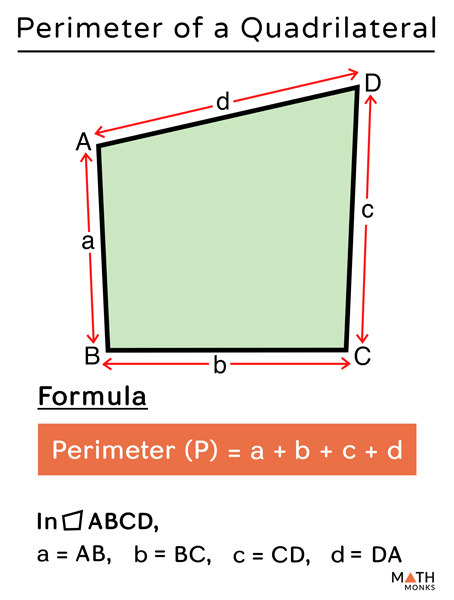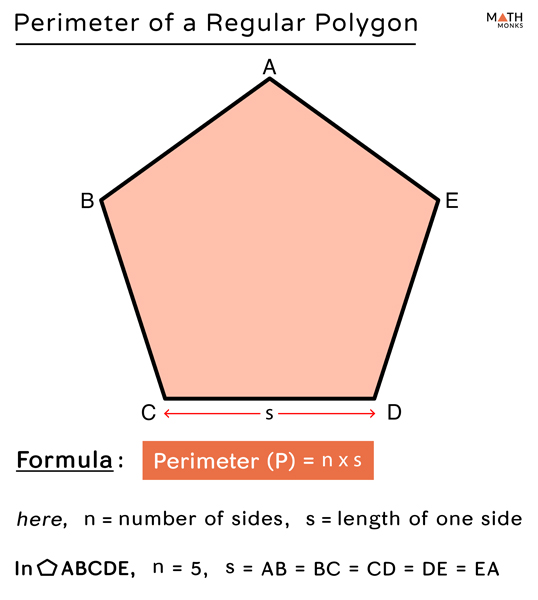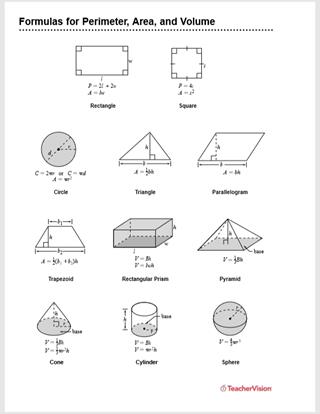Topic area and perimeter of a square: Exploring the fundamental concepts of the area and perimeter of a square unveils the essence of geometric calculations. From defining squares to deciphering their properties, this article delves into the intricacies of square geometry. Discover the formulas, example calculations, and practical applications that underscore the significance of squares in various fields.
Table of Content
- Understanding the Area and Perimeter of a Square
- Introduction
- Definition of a Square
- Properties of a Square
- Area of a Square
- Perimeter of a Square
- Diagonals of a Square
- Example Calculations
- Conclusion
- YOUTUBE: Học cách tính chu vi của hình vuông với Thầy J trong video này. Xem và làm thế nào để áp dụng kiến thức này vào bài viết về diện tích và chu vi của hình vuông?
Understanding the Area and Perimeter of a Square
A square is a two-dimensional geometric shape with four equal sides and four right angles. Calculating the area and perimeter of a square is a fundamental concept in geometry.
Formulas
- Area: \( A = a^2 \) where \( a \) is the length of a side.
- Perimeter: \( P = 4a \) where \( a \) is the length of a side.
- Diagonal: \( d = a\sqrt{2} \) where \( a \) is the length of a side.
Examples
Example 1: Calculating Area
Find the area of a square with a side length of 5 cm.
Solution:
\( A = 5^2 = 25 \, \text{cm}^2 \)
Example 2: Calculating Perimeter
Find the perimeter of a square with a side length of 7 cm.
Solution:
\( P = 4 \times 7 = 28 \, \text{cm} \)
Example 3: Calculating Diagonal
Find the diagonal of a square with a side length of 10 m.
Solution:
\( d = 10 \sqrt{2} = 10 \times 1.414 = 14.14 \, \text{m} \)
Applications
Understanding the area and perimeter of a square is useful in various real-world contexts, such as:
- Determining the amount of material needed to cover a square surface.
- Calculating the fencing required for a square plot of land.
- Designing square-shaped objects like tiles, windows, and frames.
Visual Representation
| Side Length (a) | Area (A) | Perimeter (P) | Diagonal (d) |
|---|---|---|---|
| 4 cm | 16 cm2 | 16 cm | 5.66 cm |
| 6 m | 36 m2 | 24 m | 8.49 m |
| 8 in | 64 in2 | 32 in | 11.31 in |
Practice Problems
- Find the area and perimeter of a square with a side length of 9 cm.
- Calculate the diagonal of a square with a side length of 12 m.
- A square has a perimeter of 40 in. What is the length of one side?
By mastering these concepts, you can solve various geometric problems involving squares efficiently.

READ MORE:
Introduction
Understanding the area and perimeter of a square is essential in various mathematical and real-world contexts. Let's delve into the basics of square geometry to comprehend these fundamental concepts:
- Definition of a Square: A square is a quadrilateral with four equal sides and four right angles.
- Properties of a Square: Its symmetry and uniformity make the square a foundational shape in geometry.
- Area of a Square: Discover how to calculate the space enclosed by a square using its side length.
- Perimeter of a Square: Explore the boundary length of a square and learn how to find it efficiently.
- Diagonals of a Square: Unravel the relationship between the side length and diagonals of a square.
- Formulas: Gain insights into the formulas governing the area, perimeter, and diagonals of a square.
- Example Calculations: Step through practical examples to solidify your understanding of square calculations.
- Applications: Explore real-world scenarios where knowledge of square geometry is indispensable.
- Practice Problems: Sharpen your skills with a set of exercises designed to reinforce key concepts.
- Conclusion: Summarize your insights and reflect on the significance of mastering square geometry.
Definition of a Square
A square is a special type of quadrilateral that possesses unique characteristics:
- Equal Sides: All four sides of a square are of equal length.
- Right Angles: Each interior angle of a square measures 90 degrees.
- Diagonals: The diagonals of a square bisect each other at 90-degree angles and are of equal length.
- Symmetry: A square exhibits reflective symmetry along its diagonals and axes.
- Regular Polygon: It is a regular polygon, meaning all its sides and angles are congruent.
Properties of a Square
A square possesses several distinct properties that set it apart from other shapes:
- Equal Side Lengths: All sides of a square are of equal length, making it a regular polygon.
- Right Angles: Each interior angle measures 90 degrees, resulting in four right angles at the corners.
- Diagonals: The diagonals of a square are congruent and bisect each other at 90-degree angles.
- Symmetry: It exhibits reflective symmetry along its diagonals and axes, meaning it looks the same when reflected.
- Area and Perimeter: The area is calculated by squaring the length of one side, while the perimeter is the sum of all four sides.
- Compactness: Squares are efficient shapes for packing and organizing, maximizing space utilization.
Area of a Square
The area of a square is determined by a straightforward formula:
Area = Side Length * Side Length
This formula essentially squares the length of one side to find the total space enclosed by the square. Here's a step-by-step breakdown:
- Identify Side Length: Measure the length of one side of the square.
- Square the Length: Multiply the side length by itself to calculate the area.
- Units: The area will be expressed in square units (e.g., square meters, square inches).

Perimeter of a Square
The perimeter of a square is calculated by adding the lengths of all four sides:
Perimeter = 4 * Side Length
To compute the perimeter:
- Identify Side Length: Measure the length of one side of the square.
- Multiply by 4: Multiply the side length by 4 to find the total perimeter.
- Units: The perimeter will have the same units as the side length (e.g., meters, inches).
Diagonals of a Square
A square's diagonals play a crucial role in its geometry. Here's what you need to know:
- Equal Lengths: Both diagonals of a square are of equal length.
- Bisect Each Other: The diagonals bisect each other at 90-degree angles, forming four congruent right triangles within the square.
- Relationship with Side Length: The length of each diagonal can be calculated using the Pythagorean theorem: \( d = s \sqrt{2} \), where \( d \) is the length of the diagonal and \( s \) is the length of one side of the square.
- Symmetry: The diagonals divide the square into four congruent isosceles right triangles, enhancing its symmetry properties.
Example Calculations
Let's illustrate how to calculate the area and perimeter of a square with an example:
- Given:
- Side length (s) = 5 units
- To find:
- Area (A)
- Perimeter (P)
- Solution:
- Area (A):
- Perimeter (P):
- Conclusion:
- The area is 25 square units.
- The perimeter is 20 units.
Use the formula:
$$A = s^2$$
Substitute the given value:
$$A = 5^2$$
$$A = 25 \text{ square units}$$
Use the formula:
$$P = 4s$$
Substitute the given value:
$$P = 4 \times 5$$
$$P = 20 \text{ units}$$
In this example, for a square with a side length of 5 units:
Conclusion
Understanding the area and perimeter of a square is fundamental in mathematics and has numerous practical applications. Through this exploration, we've learned:
- The area of a square is determined by multiplying the length of one side by itself, while the perimeter is the sum of all four sides.
- Formulas for calculating area and perimeter provide efficient ways to solve problems involving squares.
- Squares are prevalent in various fields, including construction, design, education, and engineering.
- Practice problems offer opportunities to reinforce learning and apply concepts in different scenarios.
By mastering the concepts of area and perimeter of a square, we gain valuable skills that extend beyond the realm of mathematics into everyday life.

Học cách tính chu vi của hình vuông với Thầy J trong video này. Xem và làm thế nào để áp dụng kiến thức này vào bài viết về diện tích và chu vi của hình vuông?
Cách Tìm Chu Vi Hình Vuông | Toán với Thầy J
READ MORE:
Học cách tính diện tích và chu vi của hình vuông trong video này. Xem và làm thế nào để áp dụng kiến thức này vào bài viết về diện tích và chu vi của hình vuông?
Cách Tìm Diện Tích và Chu Vi của Hình Vuông
















